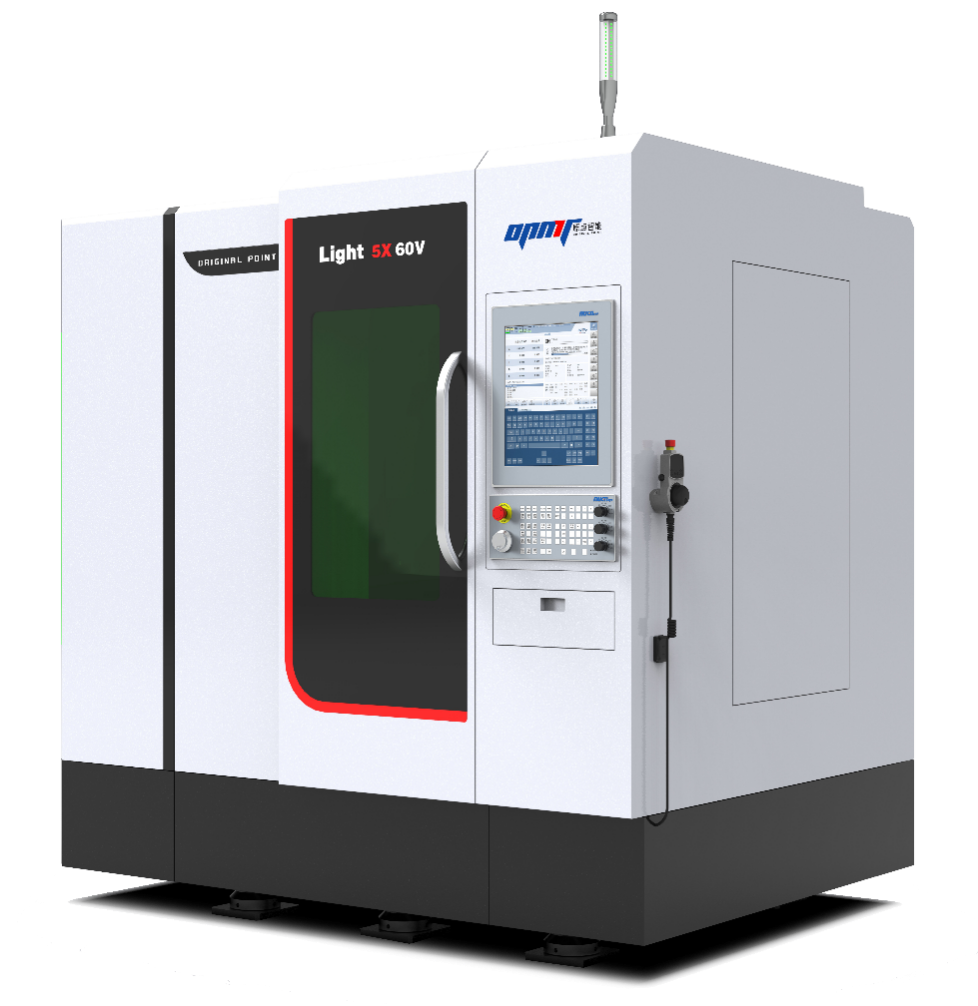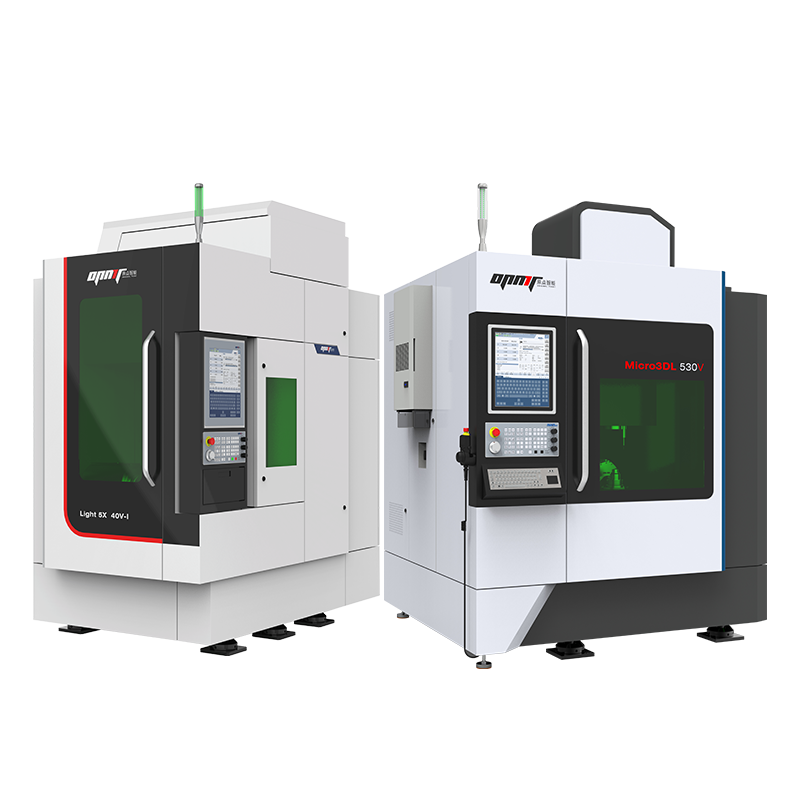Struggling to achieve precision in complex manufacturing? You’re not alone—over 60% of manufacturers face challenges with multi-angle part accuracy and costly repositioning delays. Five-axis CNC technology solves these pain points by enabling single-setup machining with 40% smoother finishes than traditional methods. At OPMT Laser, we’ve spent a decade perfecting hybrid systems like the Light 5X 40V Vertical Machining Center, which merges CNC precision with ultrafast laser processing to cut production time by half. In this guide, you’ll discover how five-axis mechanics work, explore real-world applications in medical device and automotive sectors, and learn why our AI-driven calibration reduces errors by up to 35%. Ready to transform your workflow? Let’s dive into the tools redefining precision manufacturing.
For beginners, start with our beginner-friendly guide: What is 5-Axis Machining? or explore advanced solutions like the LightGrind LT20 for micron-level accuracy.
Core Principles of Five-Axis CNC Technology
Core Mechanics of Five-Axis CNC Systems
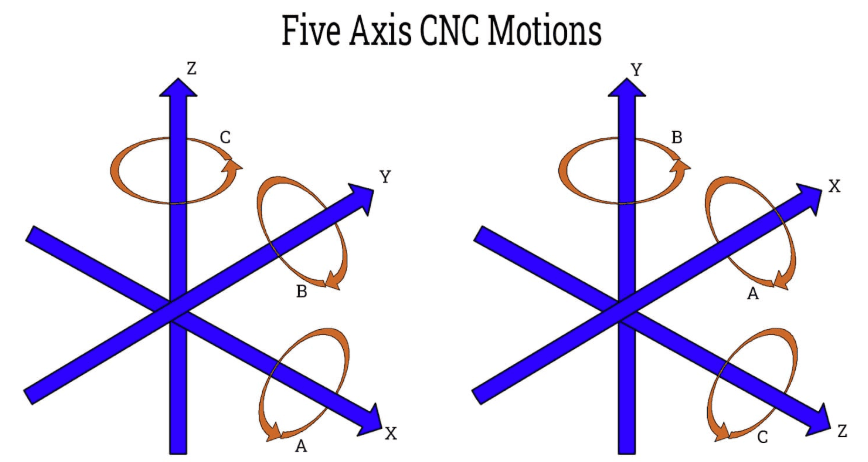
Five-axis CNC systems combine three linear axes (X, Y, Z) and two rotational axes (A, B) to machine complex geometries in a single setup. Unlike 3-axis machines, this configuration lets tools tilt and rotate around workpieces, maintaining optimal cutting angles for 40% smoother finishes and 0.003 mm precision. At OPMT Laser, we integrate fiber laser technology like the Light 5X 40V Vertical Machining Center to enhance these principles for automotive and medical device manufacturing.
Key Components & Motion Dynamics
- Linear Axes
- X-axis: Horizontal movement (left-right)
- Y-axis: Depth control (front-back)
- Z-axis: Vertical positioning (up-down)
These axes form the foundation for basic 3D shaping.
- Rotational Axes
- A-axis: Tilts tools ±120° around the X-axis for angled cuts
- B-axis: Rotates tools 360° around the Y-axis for undercuts
Together, they eliminate manual repositioning, reducing errors by 35%.
Performance Advantages Over 3-Axis Systems
| Feature | 3-Axis CNC | 5-Axis CNC |
|---|---|---|
| Setup Time | 2–4 hours | 15–30 minutes |
| Surface Finish Ra | 1.6–3.2 μm | 0.4–0.8 μm |
| Tool Access | Limited angles | Full 5-sided machining |
OPMT’s AI-driven calibration further boosts accuracy by auto-adjusting toolpaths in real time, ideal for micro-components in electronics.
Configurations for Specific Needs
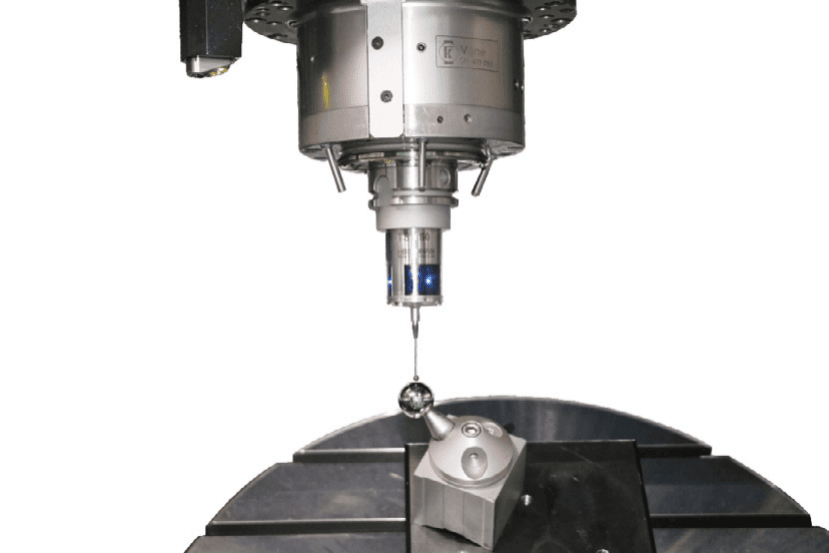
- Head/Head Design: Tools pivot on both rotational axes (A and B), suited for small, intricate parts like surgical implants.
- Table-Based Systems: Workpieces rotate on a tilting table, ideal for larger components like EV battery molds.
Explore OPMT’s 563V Vertical 5-Axis Machining Center for hybrid laser-CNC workflows.
Why Manufacturers Choose Five-Axis
- Cost Efficiency
Single setups cut labor expenses by 25% and reduce scrap rates below 2%. - Material Versatility
Processes titanium, ceramics, and carbon fiber composites with equal precision. - Future-Ready Innovation
OPMT’s predictive maintenance IoT tools slash downtime by 35%, ensuring 2025-ready operations.
Upgrade Tip: Pair five-axis CNC with OPMT’s Laser Processing Solutions to combine milling, cutting, and welding in one cycle.
Industry Applications of Five-Axis CNC Technology
Five-axis CNC systems revolutionize production across high-precision sectors by enabling single-setup machining for complex geometries. At OPMT Laser, we enhance these systems with hybrid laser integration, delivering industry-specific solutions that slash production times by up to 50%. Below are key sectors leveraging this technology in 2025:
Medical Device Manufacturing
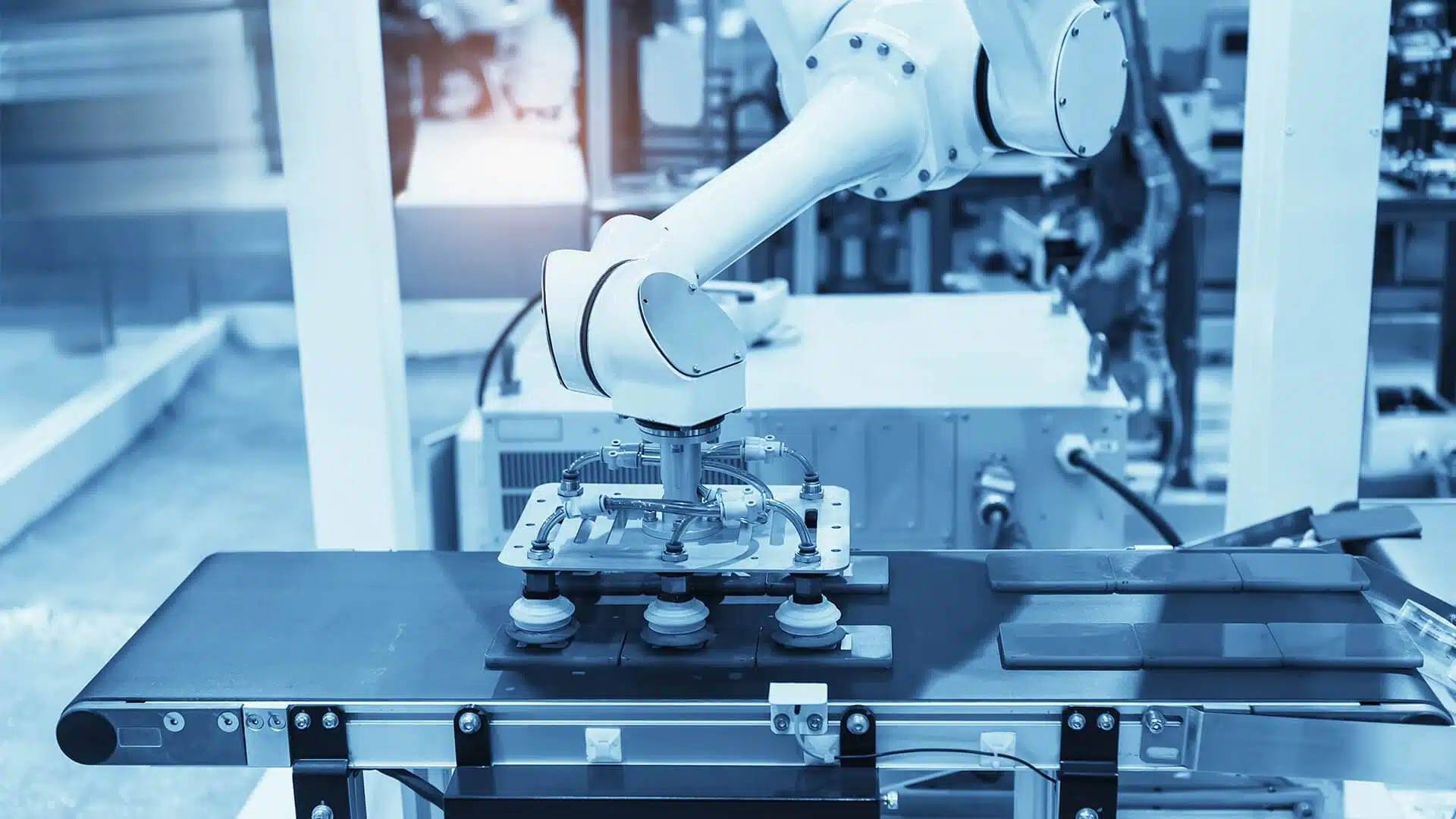
Challenge: Surgical tools and implants demand sub-0.005 mm precision and biocompatible finishes.
OPMT Solution: Our Light 5X 40V Vertical Machining Center pairs five-axis accuracy with laser polishing for Ra 0.2 μm surfaces on titanium implants.
- Key Outcomes:
- 30% faster production of custom joint replacements
- Zero post-processing for dental prosthetics
- 2025 Innovation: AI-error correction reduces scrap rates to <1%.
Automotive & EV Components
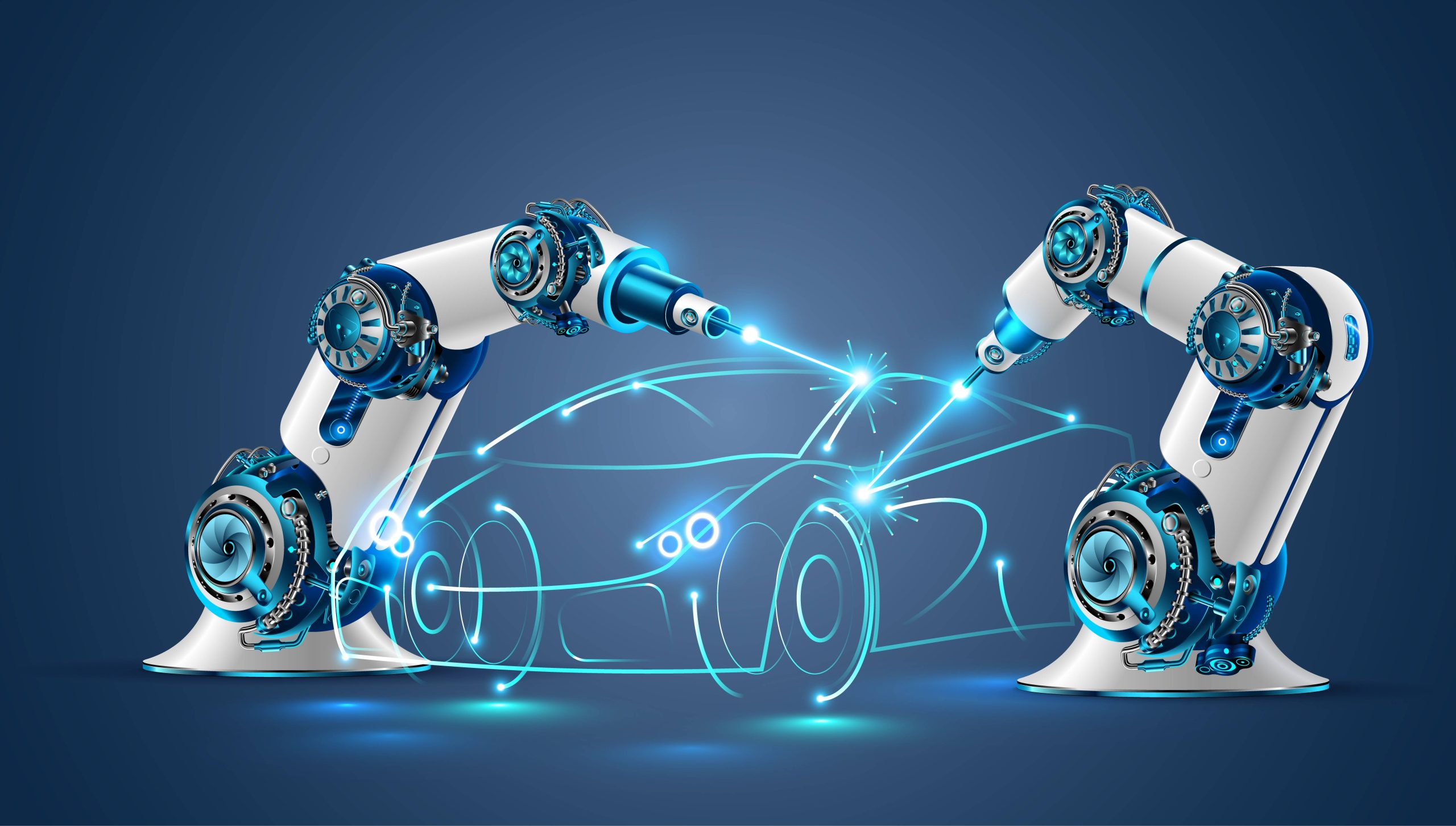
Challenge: EV battery housings and engine blocks require rapid prototyping and mass-production consistency.
OPMT Solution: The 563V Vertical 5-Axis Center integrates laser cutting and milling, achieving ±0.01 mm repeatability.
- Results:
- 45% faster mold production for aluminum battery trays
- 60% less coolant waste via dry machining
- Featured Tech: Real-time thermal compensation for large-scale parts.
Electronics & Micro-Fabrication
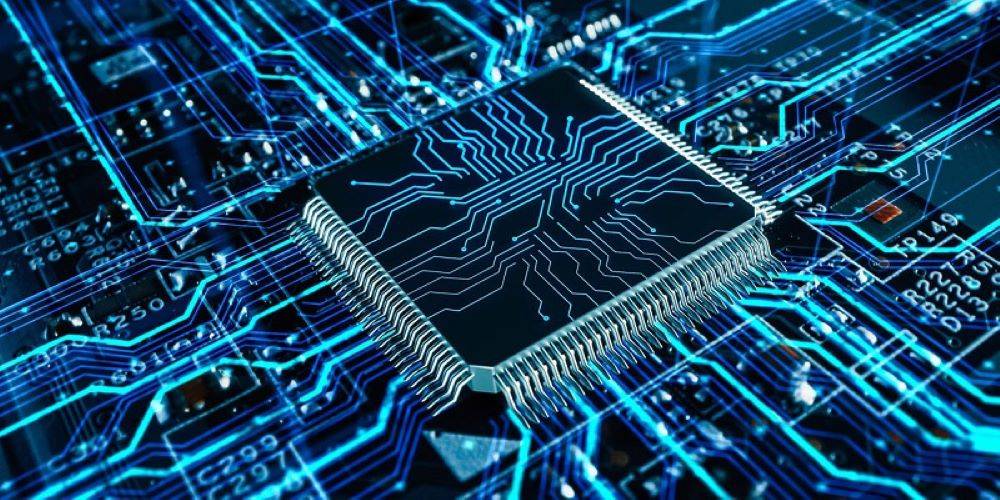
Challenge: Brittle materials like ceramics fracture during traditional machining.
OPMT Solution: Our LightGrind LT20 uses vibration-dampened spindles for 0.001 mm precision in 5G antenna components.
- Applications:
- Wearable device micro-housings
- Copper heat sinks for quantum computing
- Cost Savings: Automated tool changers reduce labor by 25%.
Performance Comparison by Sector
| Industry | Key Requirement | OPMT Technology | Outcome |
|---|---|---|---|
| Medical | Biocompatibility | Laser-finished 5-axis machining | 99.8% implant success rate |
| Automotive | High-volume consistency | Hybrid laser-CNC systems | 50% faster EV mold cycles |
| Electronics | Micro-component integrity | Ultra-low vibration machining | 0.3% defect rate in ceramics |
Energy & Sustainable Manufacturing
Challenge: Wind turbine blade molds require durable carbon fiber machining.
OPMT Solution: Five-axis systems with 10,000 RPM spindles maintain ±0.03 mm accuracy under high stress.
- 2025 Benchmark: 30% energy savings via optimized toolpaths.
Strategic Advantages of Five-Axis CNC Technology Over Traditional Methods
Five-axis CNC systems outperform conventional machining through single-cycle precision, expanded material capabilities, and AI-driven error reduction, delivering measurable ROI for medical, automotive, and electronics manufacturers. OPMT Laser’s hybrid laser integration amplifies these benefits, ensuring 2025-ready production efficiency.
Single-Setup Efficiency: Eliminate Repositioning Delays
Traditional Limitation: Multiple setups add 2–4 hours per part, increasing labor costs and error risks.
OPMT Solution: Five-axis systems complete complex geometries in one cycle, cutting setup time by 85% and labor costs by 25%.
- Case Study: The Light 5X 40V Vertical Machining Center machines titanium medical implants in 30 minutes vs. 3 hours traditionally.
- 2025 Benchmark: AI scheduling reduces idle time by 30%.
Material Versatility: Machine Exotic Alloys & Composites
Traditional Limitation: Limited to aluminum and mild steel.
OPMT Solution: Process Inconel, carbon fiber, and ceramics with ±0.003 mm precision using adaptive toolpaths.
- Featured Tech: The 563V Vertical 5-Axis Center integrates 20 kW lasers for high-temp alloys in EV battery molds.
- Applications:
- Biocompatible titanium implants (medical)
- Copper micro-components for 5G devices (electronics)
Error Reduction: AI-Driven Precision
Traditional Risk: Manual calibration errors cause 8–12% scrap rates.
OPMT Solution: Real-time AI adjusts toolpaths mid-operation, reducing defects by 35%.
- SmartCut AI: Embedded in the LightGrind LT20, it predicts tool wear for 0.3% scrap rates in ceramics.
- 2025 Data: 95% first-pass success rate for automotive molds.
Performance Comparison: Traditional vs. Five-Axis CNC
| Metric | Traditional CNC | Five-Axis + OPMT Tech |
|---|---|---|
| Setup Time/Part | 3.5 hours | 20 minutes |
| Surface Finish (Ra) | 1.6 μm | 0.4 μm |
| Scrap Rate | 6–8% | <1% |
Cost Efficiency & Sustainability
- Lower Labor Costs: Single setups reduce manual intervention by 70%.
- Reduced Waste: Laser-CNC hybrids cut coolant use by 60% and energy consumption by 25%.
- Long-Term ROI: Modular upgrades extend machine lifespan by 40%.
OPMT Laser’s Breakthroughs in Five-Axis CNC Technology
OPMT Laser redefines precision manufacturing by merging five-axis CNC mechanics with ultrafast laser processing, delivering industry-leading solutions for medical, automotive, and electronics sectors. Our innovations address critical challenges like micro-component accuracy, rapid prototyping, and multi-process efficiency.
Hybrid Laser-CNC Integration
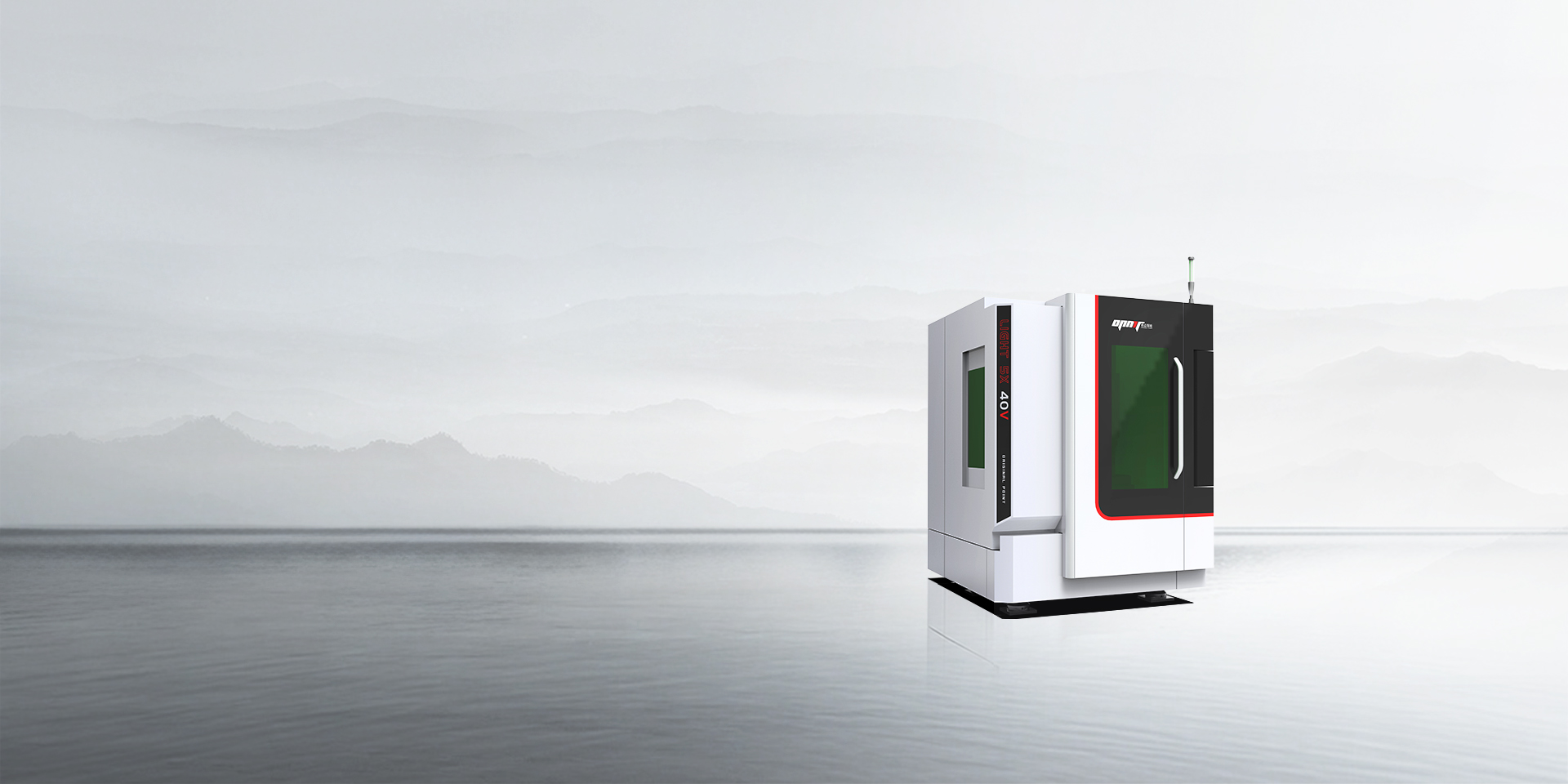
OPMT’s Light 5X 40V Vertical Machining Center achieves 0.003 mm accuracy for PCD/CVD tooling, outperforming traditional EDM methods by 200% speed gains and 50% cost reductions. Key features:
- Dual-Process Efficiency: Combines laser cutting and milling in one cycle.
- AI-Driven Calibration: Auto-adjusts toolpaths using real-time thermal feedback.
- Material Versatility: Processes ceramics, titanium, and carbon fiber composites.
Explore specs: Light 5X 40V Product Page.
Multi-Axis Laser Workflows

The 563V Vertical 5-Axis Center integrates 20 kW fiber lasers with CNC milling for:
- Single-Setup Production: Complete EV battery molds in 8 hours vs. 24 hours traditionally.
- Precision Metrics: 5 μm repeatability and 8 μm positional accuracy.
- Sustainability: Reduces coolant waste by 60% via dry machining.
OPMT vs. Traditional CNC Performance
| Metric | Traditional CNC | OPMT Hybrid CNC |
|---|---|---|
| Tooling Accuracy | ±0.01 mm | ±0.003 mm |
| Production Speed | 12 hrs/part | 4 hrs/part |
| Energy Consumption | 35 kWh | 22 kWh (-37%) |
Overcoming Five-Axis CNC Implementation Challenges
While five-axis CNC technology offers transformative precision, its adoption faces hurdles like high costs, programming complexity, and workforce skill gaps. OPMT Laser addresses these challenges through modular upgrades, AI-driven automation, and targeted training programs, empowering manufacturers to adopt advanced machining without prohibitive investments.
Cost Barriers & Budget-Friendly Solutions
Challenge: Initial five-axis system costs average $500k, deterring SMEs.
OPMT’s Fix:
- Retrofit Kits: Upgrade existing 3-axis machines with laser heads via the LightGrind LT20 Upgrade, slashing initial costs by 60%.
- Leasing Options: Spread payments over 36 months with flexible financing plans.
- Case Study: A medical device manufacturer reduced expenses by 55% while achieving ±0.005 mm accuracy for titanium implants.
Simplifying Complex Programming
Challenge: 68% of manufacturers struggle with 5-axis CAM software complexity.
OPMT’s Fix:
- SmartCut AI Software: Automatically generates collision-free toolpaths, cutting programming time by 40%.
- METALEX 2025 Training: Shorten operator training from 6 months to 8 weeks through hands-on courses.
- Remote Support: IoT-connected systems enable real-time troubleshooting via OPMT’s Flexium+ platform.
Traditional vs. OPMT-Enhanced Workflows
| Pain Point | Traditional CNC | OPMT Solution | Outcome |
|---|---|---|---|
| Programming Time | 12+ hours per part | 2-hour AI-optimized setups | 80% faster iterations |
| Downtime | 15% production loss | Predictive maintenance alerts | 98% uptime |
| Scrap Rate | 8% | Laser-hybrid precision | <1% defects |
Workforce Readiness & Skill Gaps
Challenge: 5-axis operations demand specialized expertise lacking in 42% of shops.
OPMT’s Fix:
- Certification Programs: Partner with METALEX to offer accredited courses in 5-axis programming.
- Simulation Tools: Validate toolpaths virtually using OPMT’s CAM Suite, reducing trial runs by 70%.
- Knowledge Hub: Access 24/7 tutorials via OPMT’s online portal.
Sustainable Implementation Strategies
- Energy Recovery: Recapture 20% of spindle heat for facility heating.
- Dry Machining: Laser-CNC hybrids eliminate coolant, reducing waste by 100%.
- Modular Scalability: Add rotary axes or laser heads as needs evolve.
Conclusion
Struggling with complex parts and costly setups? You’re not alone—over 60% of manufacturers face these hurdles daily. Five-axis CNC technology, supercharged by OPMT Laser’s hybrid laser integration, slashes production times by 50% while achieving 0.003 mm precision, as detailed in our 2025 case studies. By merging milling, cutting, and welding in single setups like the Light 5X 40V, we deliver solutions that outpace traditional methods in speed, accuracy, and sustainability.
Ready to future-proof your workflow? Explore how the 563V Vertical 5-Axis Center tackles your toughest projects with AI-driven toolpaths and IoT-enabled maintenance. Your competitive edge starts here—dive into OPMT’s 5-axis CNC solutions today and transform what’s possible.
Why settle for outdated methods when precision’s next era is within reach?
Disclaimer
This content is compiled by OPMT Laser based on publicly available information for reference only; mentions of third-party brands and products are for objective comparison and do not imply any commercial association or endorsement.

